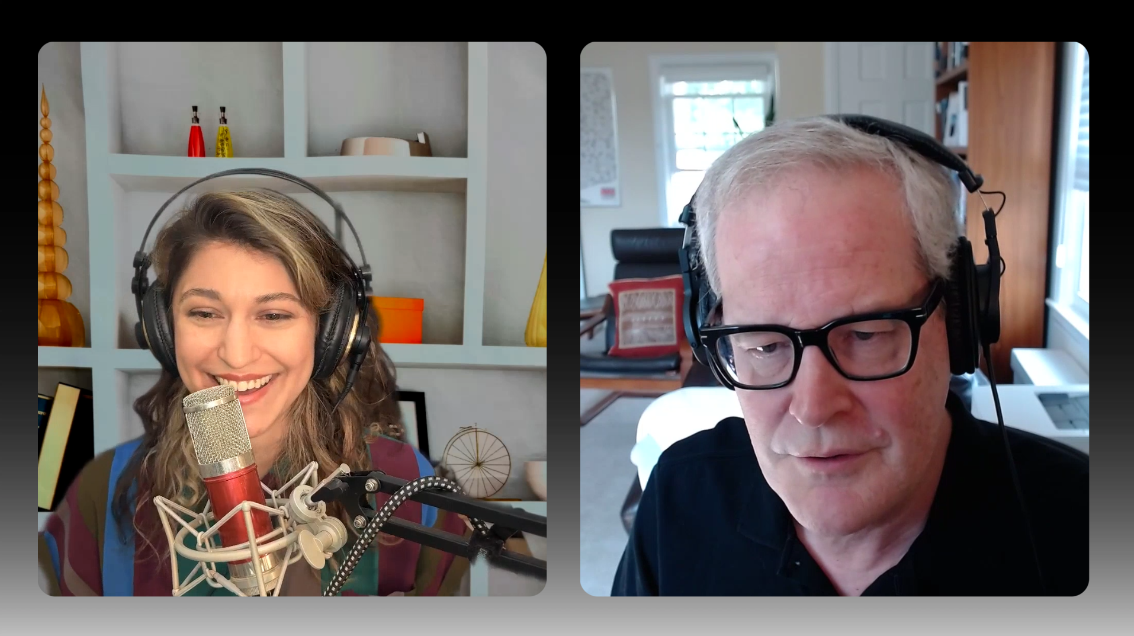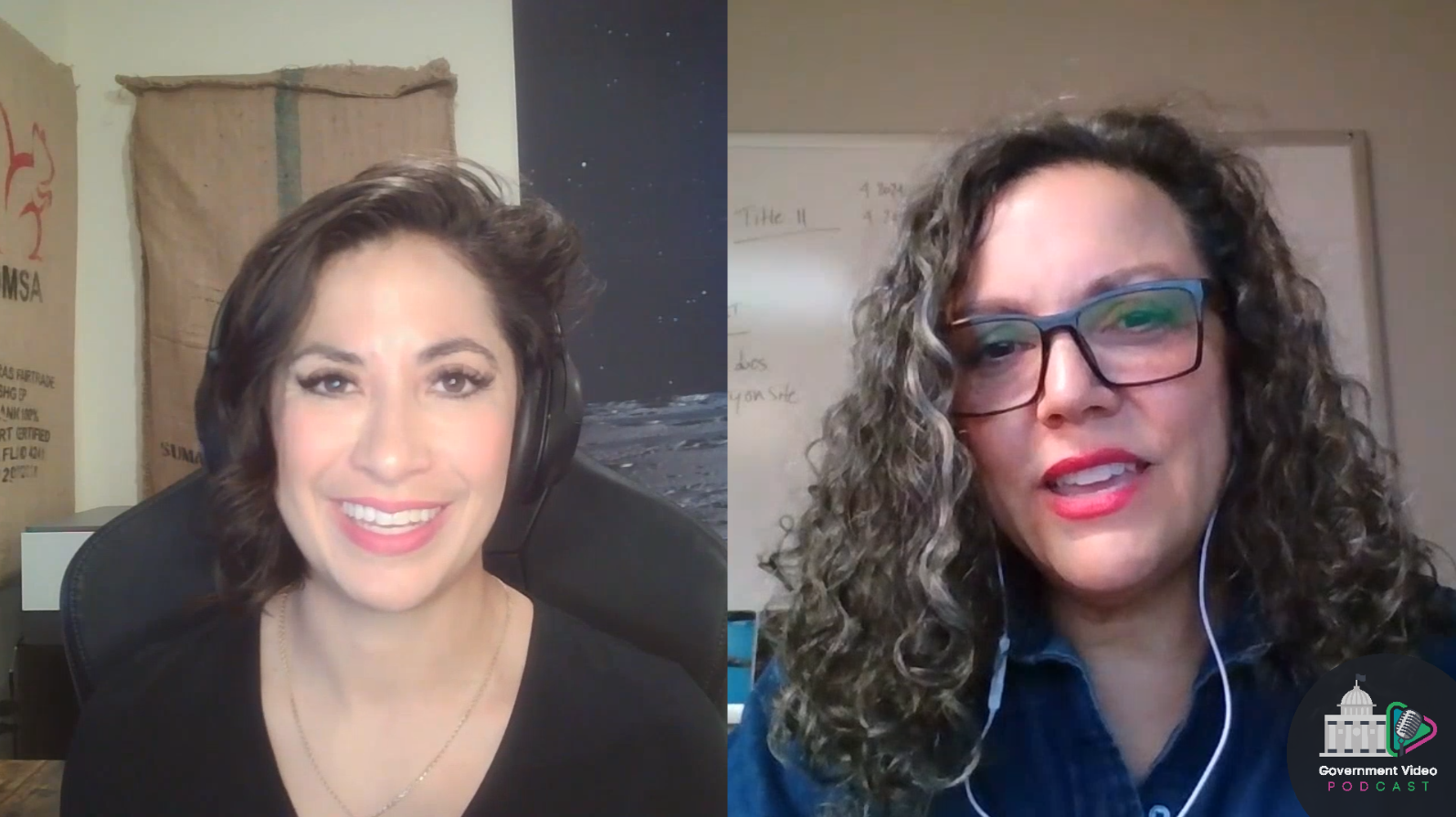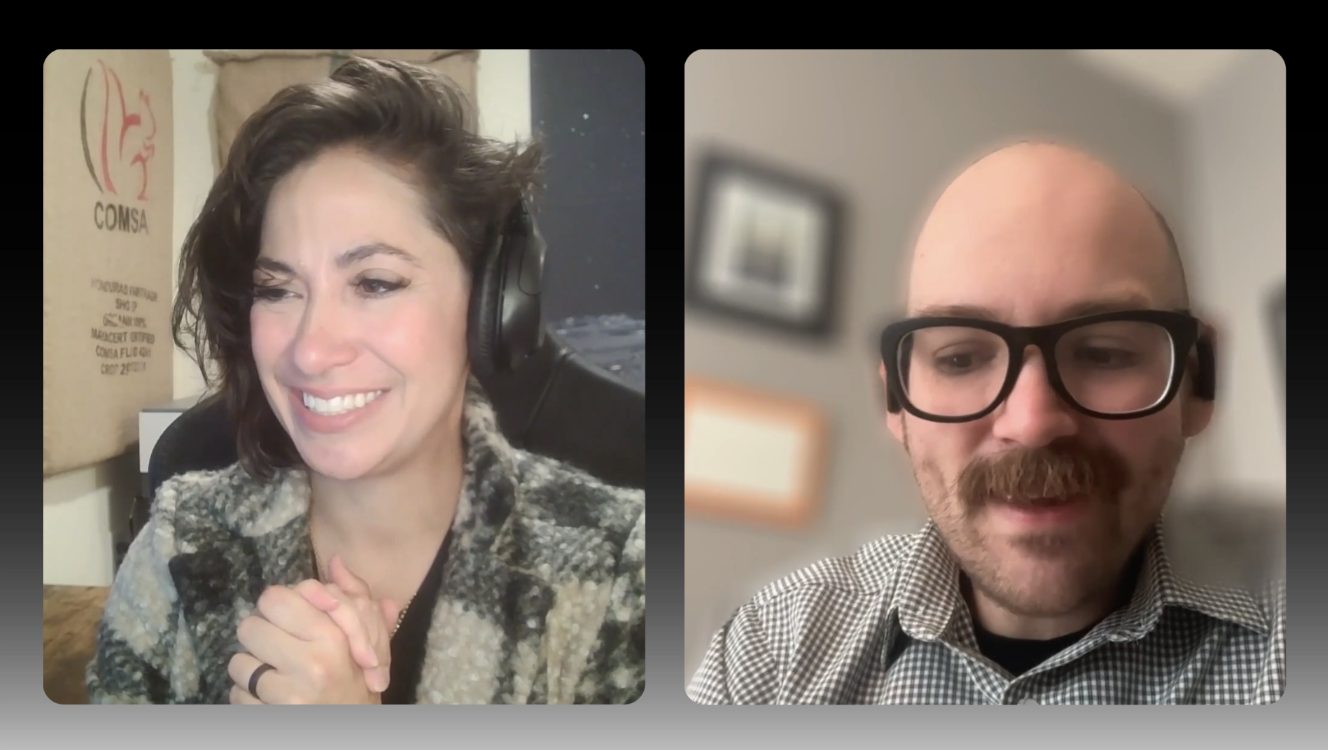
Hey, everyone, it’s Michelle. Happy Community Media Day! Every October 20, cities across the country take part in a celebration of the people and organizations that make civic communication possible. For municipal IT directors, AV managers, and video specialists, the day is a reminder of the essential role of local government media.
We asked Mike Wassenaar, president and CEO of the Alliance for Community Media, to join us for a special Government Video Podcast celebrating this annual event, which started as a celebration of free speech. During our discussion, Wassenaar emphasized that community media isn’t just about free speech—it’s about equipping people with the tools to understand, engage, and trust their local governments.
He said that the people he meets in different community media settings all care about helping to educate others. “Educating people and uplifting people is like a common service thing,” he added. “I think we need to honor it.”
A Civic Reminder: The Power of Community Media
For decades, community media centers have been the backbone of accessible city council meetings and civic programming. What began as cable access has evolved into a broad ecosystem that includes local TV, radio, streaming, and digital platforms. These channels provide something commercial media rarely does: hyperlocal, trustworthy communication tailored to community needs.
Government meeting accessibility is no longer optional. Whether it’s providing multilingual audio services during a public health crisis, streaming city council sessions online, or ensuring ADA-compliant captioning for residents with hearing loss, cities are expected to meet rising standards of inclusive government communications. Community media centers are natural allies in this effort, offering technical capacity, established community trust, and the ability to scale content across multiple platforms.
In Vermont, for example, public access organizations are among the most trusted sources of civic information. They provide residents with reliable, transparent coverage of government operations that fosters confidence in democracy itself. In Pennsylvania, community media centers like BCTV have bolstered voter trust by documenting recounts and offering accessible election education. These partnerships show what’s possible when cities leverage collaboration in local government media.
Building Trust
The need for inclusive government communications becomes most obvious during emergencies. In Maui, the 2023 wildfires demonstrated how fragile communication systems can undermine public safety. Low-power FM radio, community TV, and government alerts became lifelines for residents who had lost broadband or cell service.
Equally important is ensuring access for linguistically diverse communities. Multilingual city services delivered through broadcast, streaming, and community radio have proven effective in reaching populations often overlooked by mainstream communication channels. In St. Paul, Minn., long-term partnerships with Hmong-language media built trust that not only addressed a measles outbreak decades ago but continues to integrate the community into civic life today.
Accessibility also extends to compliance. Online community media ADA requirements mean cities must provide captions, transcripts, and screen-reader-friendly platforms. More than a set of regulations, accessibility is about ensuring that every resident—regardless of language, ability, or digital literacy—has a path to participation.
Community Media Day is a chance to reflect on these obligations and celebrate the organizations that help cities meet them. It’s also a call to action: Municipal IT and AV leaders should be asking if their current systems support inclusive communications, whether they have the right partners in place, and whether they’re ready for the future of accessibility standards.
Looking Ahead
Wassenaar recommended a visit to communitymediaday.net, where you can access a toolkit to improve visibility with proclamation language, open house ideas, and more. “If you’re doing any type of celebration,” he said, “let us know about it. Become a partner with Community Media Day.”
Remember, Community Media Day is for more than just media centers. It’s also for cities, counties, and the specialists who keep their communications running. Municipalities that embrace collaboration in local government media will be better positioned to build trust, engage residents, and comply with evolving accessibility regulations.
As Wassenaar noted, trust is built over time, not through a single press release. By working with community media partners, governments can strengthen civic engagement, meet accessibility requirements, and ensure their residents are informed when it matters most. Perhaps the best way we can celebrate Community Media Day is by recommitting to open, accessible, and resilient local government communications.
Learn more about Community Media Day and how you can get involved on the Government Video Podcast.
Event Replay - Demystifying Closed Captioning: What WCAG 2.1AA Really Requires for Government Video
Get clarity on WCAG 2.1AA captioning requirements. Learn what’s required, what’s recommended, and how to keep your government video content compliant.
.png)








.png)
.png)




